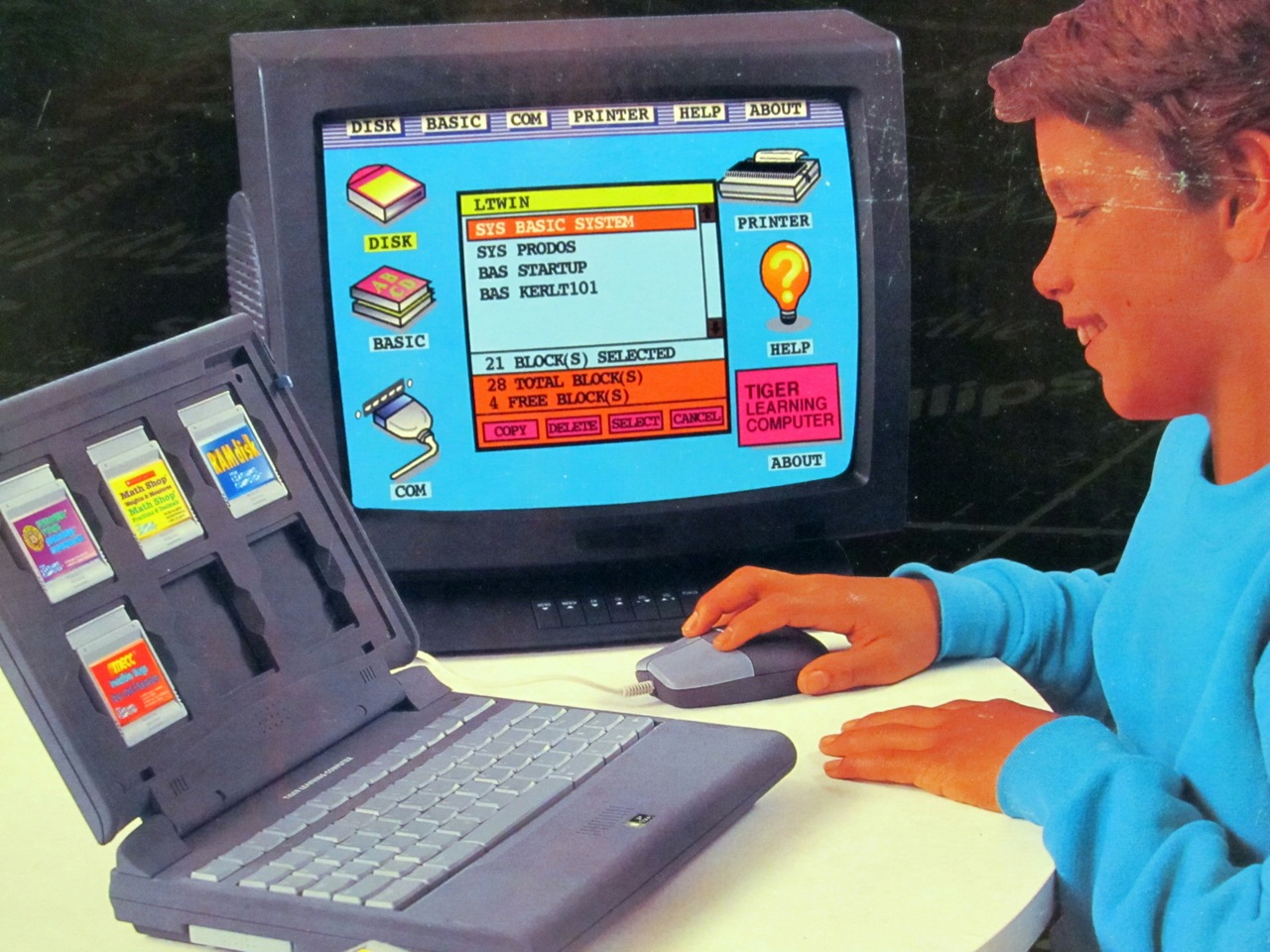I have a children's toy made by Tiger Electronics that has a mouse. It is called the Tiger Learning Computer and is a cartridge based toy that connects to a TV and plays kids games. It has a graphic interface that normally uses a mouse to navigate. Sadly, I don't have the original mouse but the device has a 6 wire DIN PS/2 mouse port, yet a regular PS/2 mouse does not work. It has been noted that a normal PS/2 mouse would not work but I did find that the scroll wheel on a Logitech mouse would move the mouse pointer up and down in an erratic fashion. I am trying to recreate the mouse, if possible, an I was thinking about using a Teensy to emulate a mouse and play with code until I could get it to work. Has anyone had any experience with this? I am brand new to Teensys so there is an added learning curve but it's definitely worth the effort.
Here's what it looks like with a mouse...

Before you wonder why I would screw around with a children's toy, it's actually a rare product that incorporated Apple IIe technology licensed by Apple Computers. It was introduced in four test markets and Jobs killed it before it could go to full market. It is very rare (and I don't mean "eBay rare"). I am trying to make it work. For those interested, here are some pics. http://vintagecomputer.ca/tiger-learning-computer/
Any help is much appreciated.